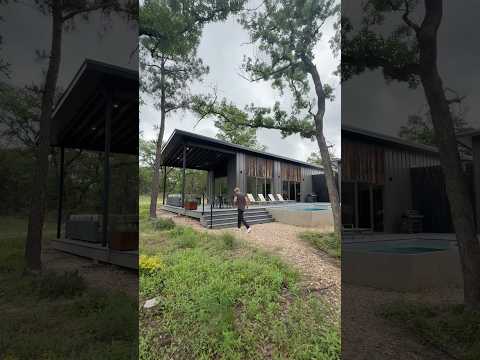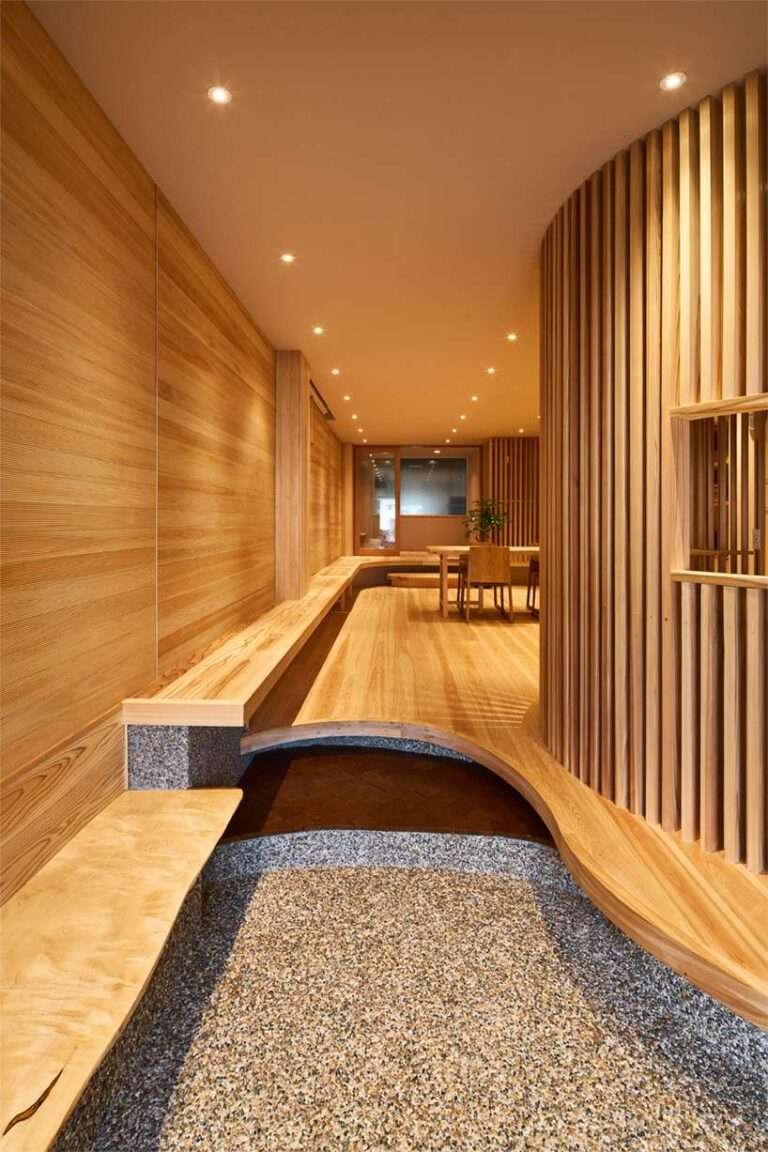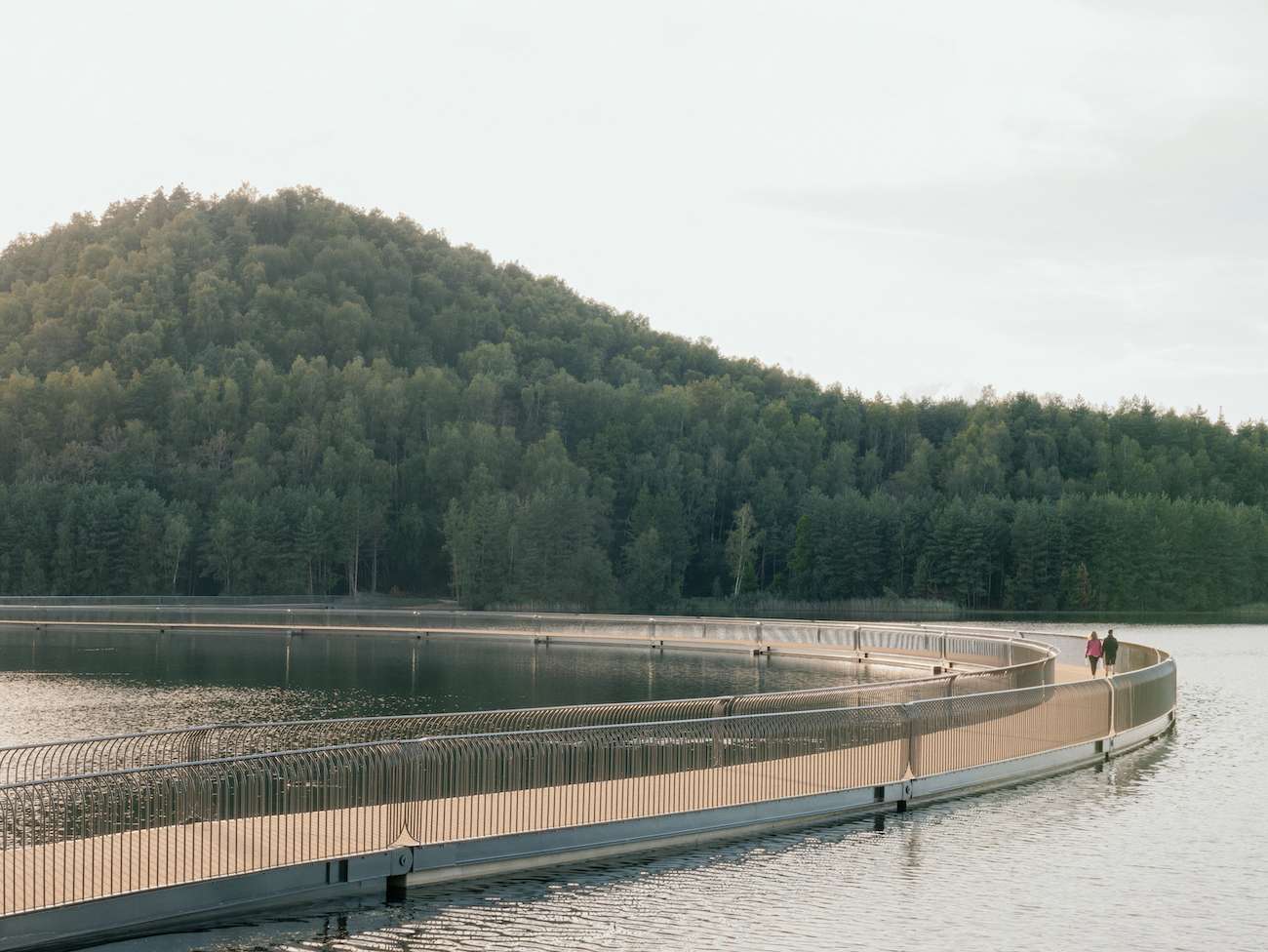

Photo: Pieter Rabijns.
In the 20th century, the border between Dilsen-Stokkem and Maasmechelen in Belgium radically transformed. The area withstood years of coal and gravel mining in its subsoil, which created two terrills—large piles of mining waste materials— and, later, a large pond between them. Now, the Belgian architecture firm BuroLandschap presents a clever solution to bridging the gap between these mountains.
Inspired by the Fibonacci sequence or “golden ratio,” the “Cycling Between Terrils” bridge assumes an elegant, organic shape, connecting the banks not with a straight line but with one that snakes across the water. This winding structure encourages cyclists and pedestrians to traverse the bridge slowly, all while taking in an exquisite range of natural views.
The bridge measures an astounding 400 meters (about 1,312 feet), cementing it as Belgium’s longest floating bicycle bridge. It also boasts 30 hinged elements, allowing it to effectively adjust to the pond’s changing water level.
In these ways, “Cycling Between Terrils” certainly serves a practical role, but its responsiveness to its surrounding landscape is what distinguishes it from being purely functional. With its graceful curvature and flexibility, the bridge invites visitors to indulge in the area’s rich industrial history and its contemporary popularity among cyclists and hikers.
“[The bridge] spreads through the impressive landscape, where it interweaves with its surroundings,” BuroLandschap writes in a statement. “When you walk or bike across the bridge as a visitor, you are drawn into the experience and surprised by the connection between man and nature that comes to life there.”
To explore more of their architectural projects, visit BuroLandschap’s website and follow the firm on Instagram.
The “Cycling Between Terrils” floating bridge in Belgium celebrates the rich industrial history of its surroundings.
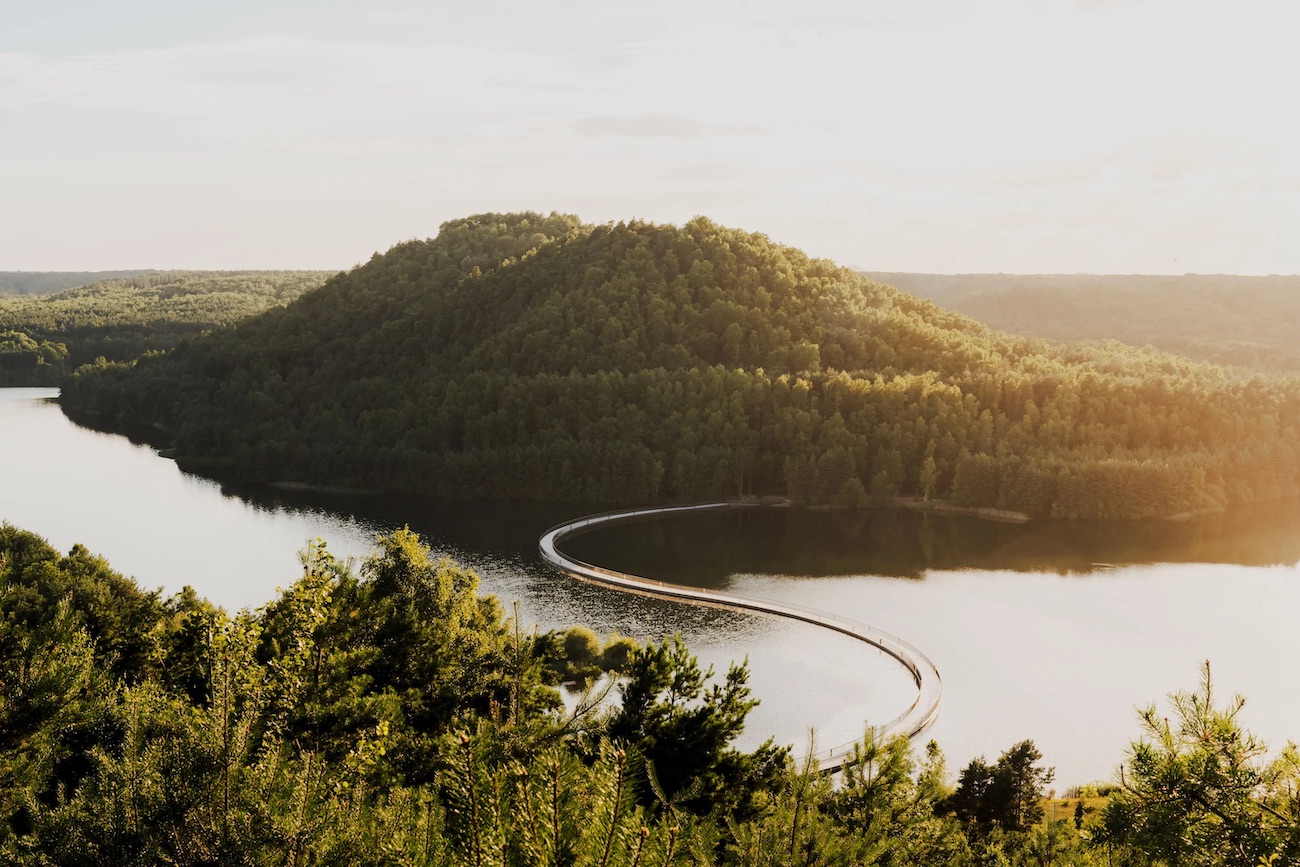

Photo: Visit Limburg.
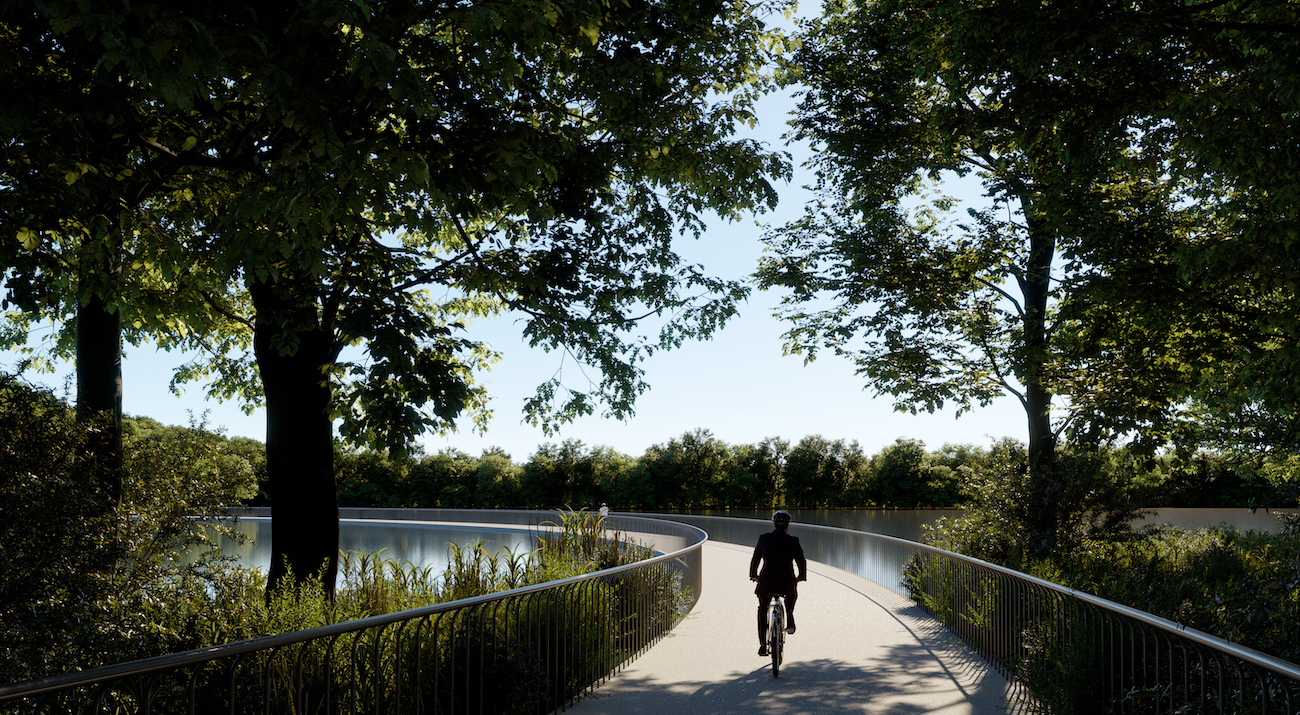

Photo: BuroLandschap.
Designed by BuroLandschap, the bridge weaves through a pond that separates two mining terrils from the 20th century.
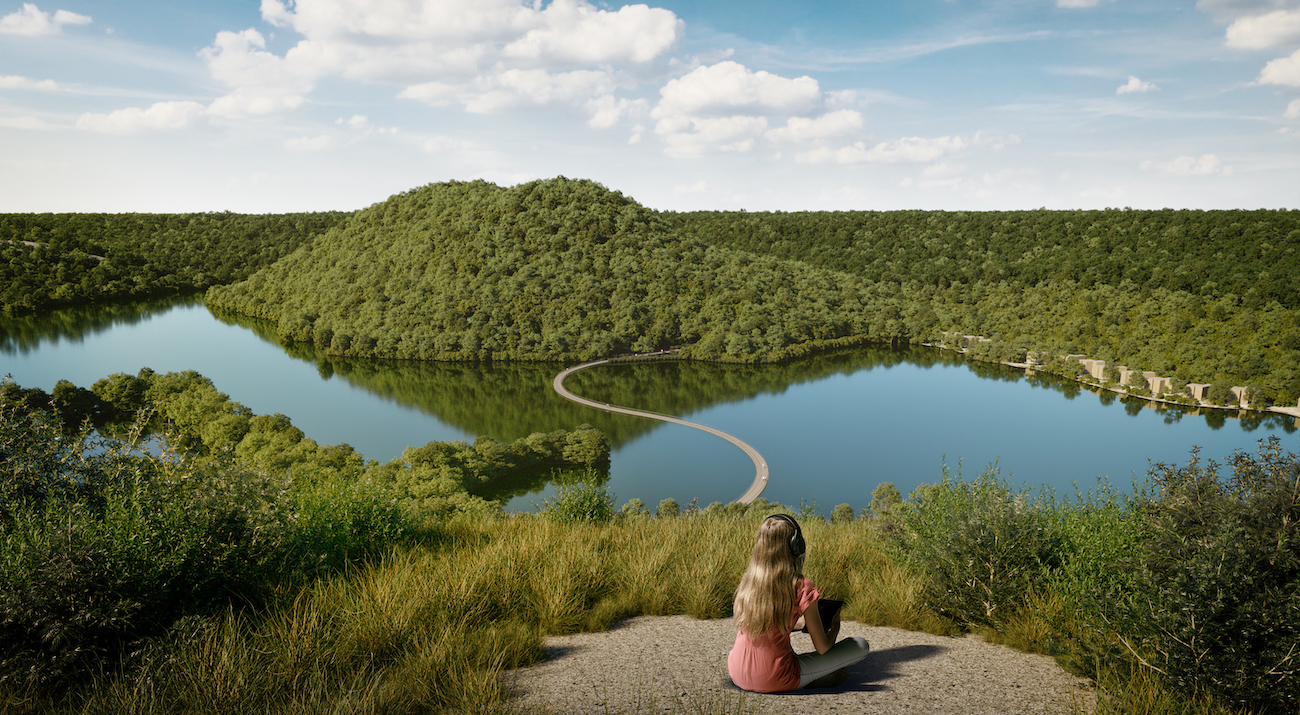

Photo: BuroLandschap.
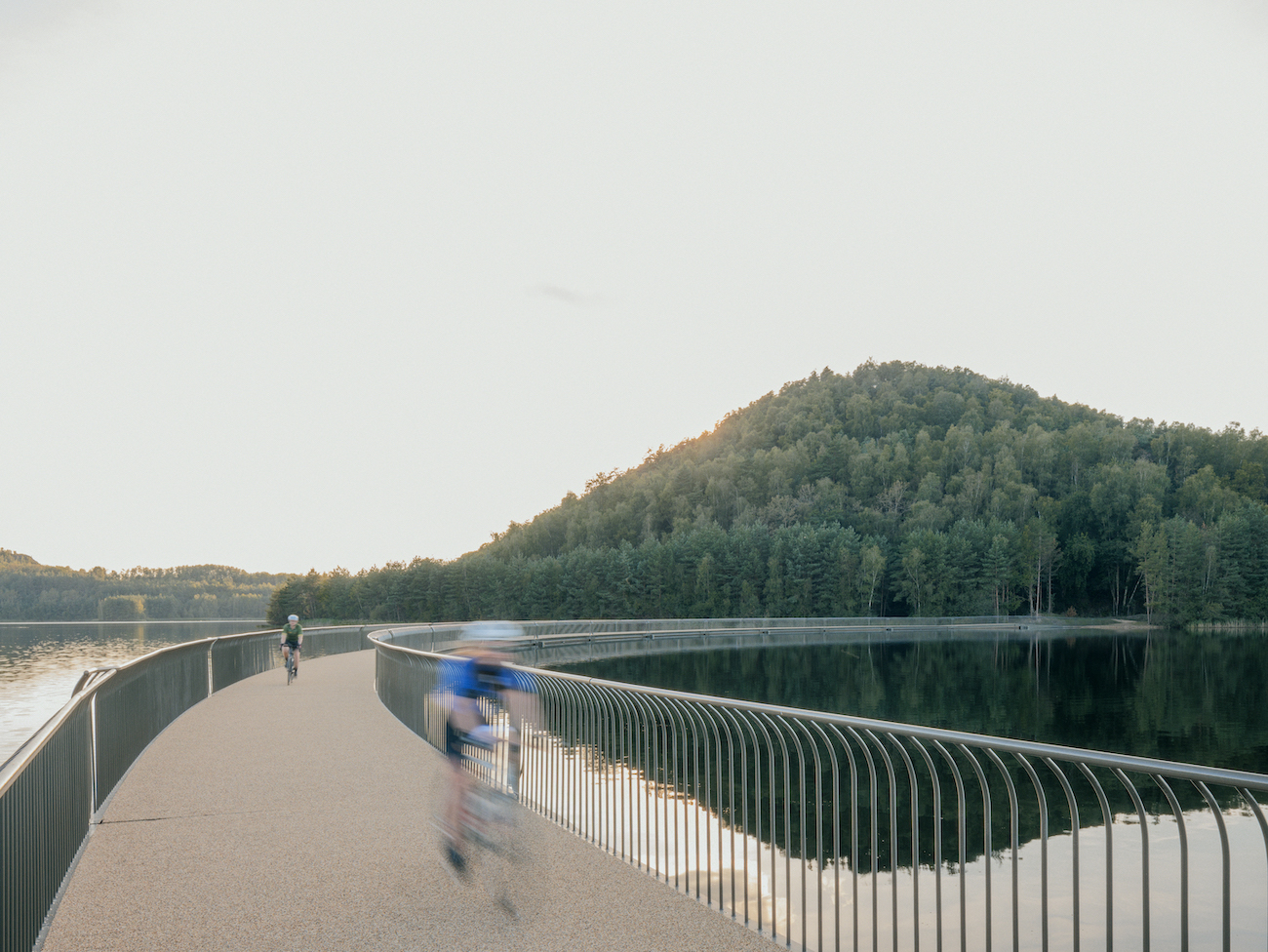

Photo: Pieter Rabijns.
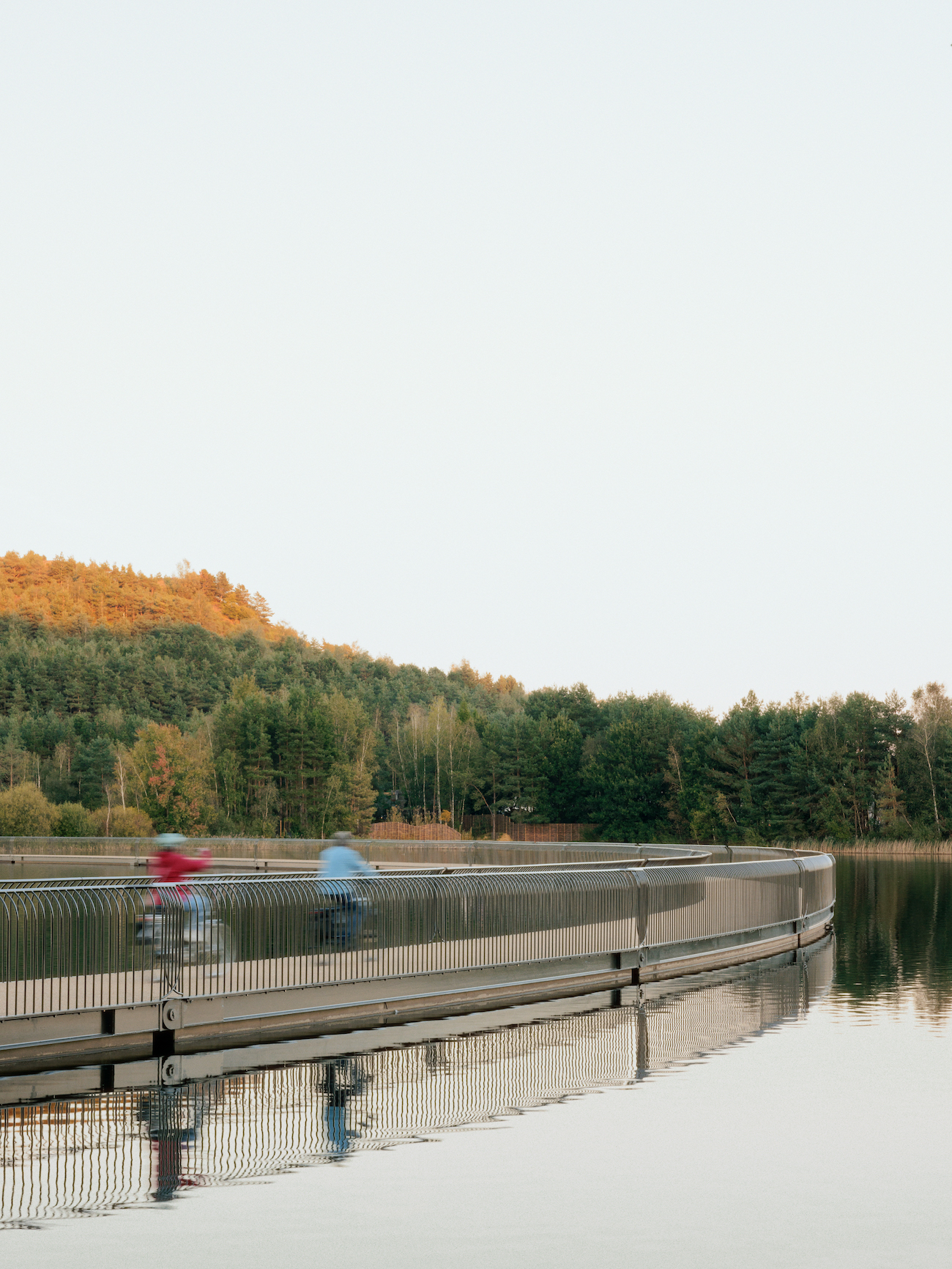

Photo: Pieter Rabijns.
With its winding and organic design, the bridge encourages cyclists and pedestrians to slow their pace and enjoy the surrounding scenery.
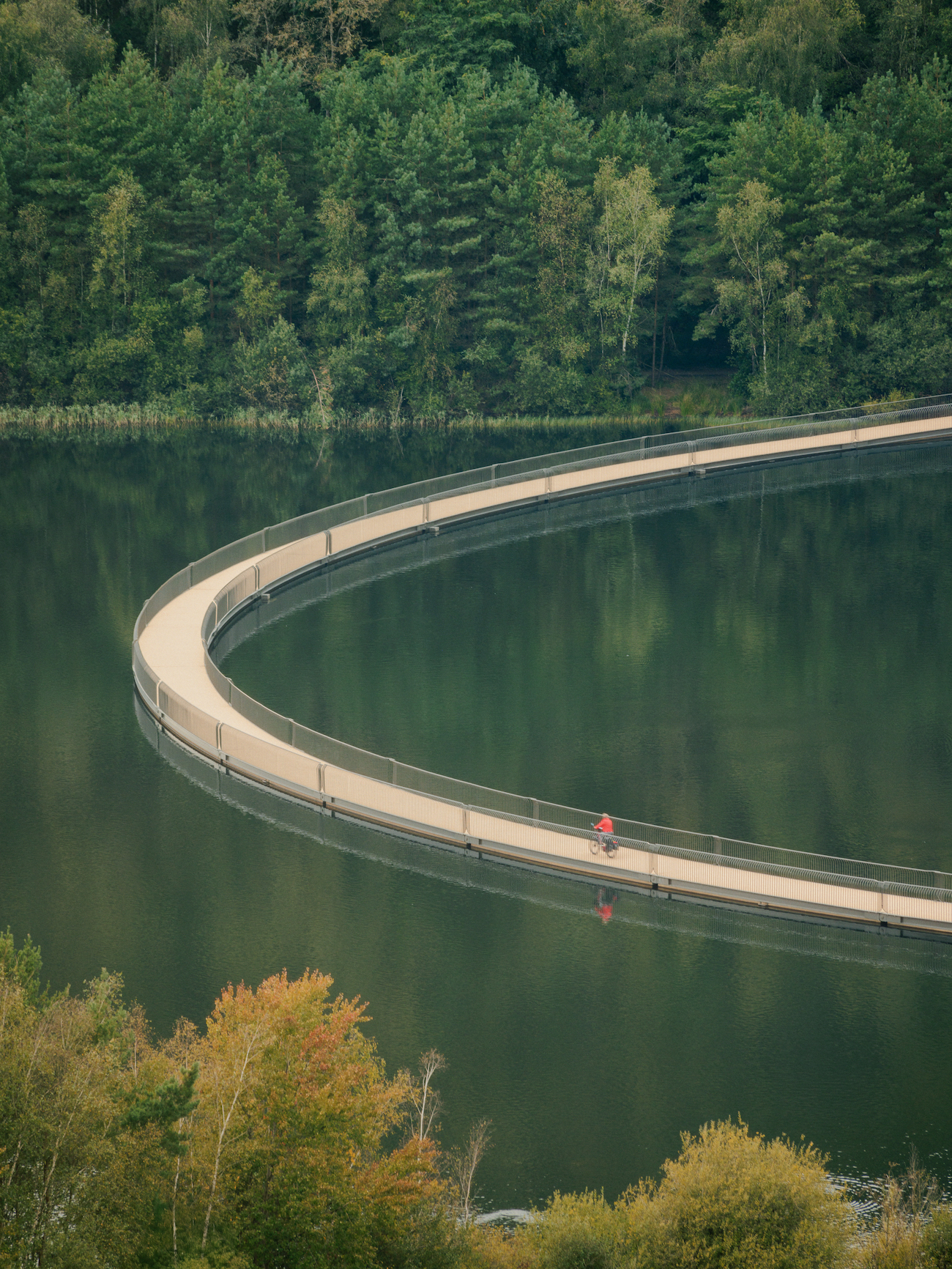

Photo: Pieter Rabijns.
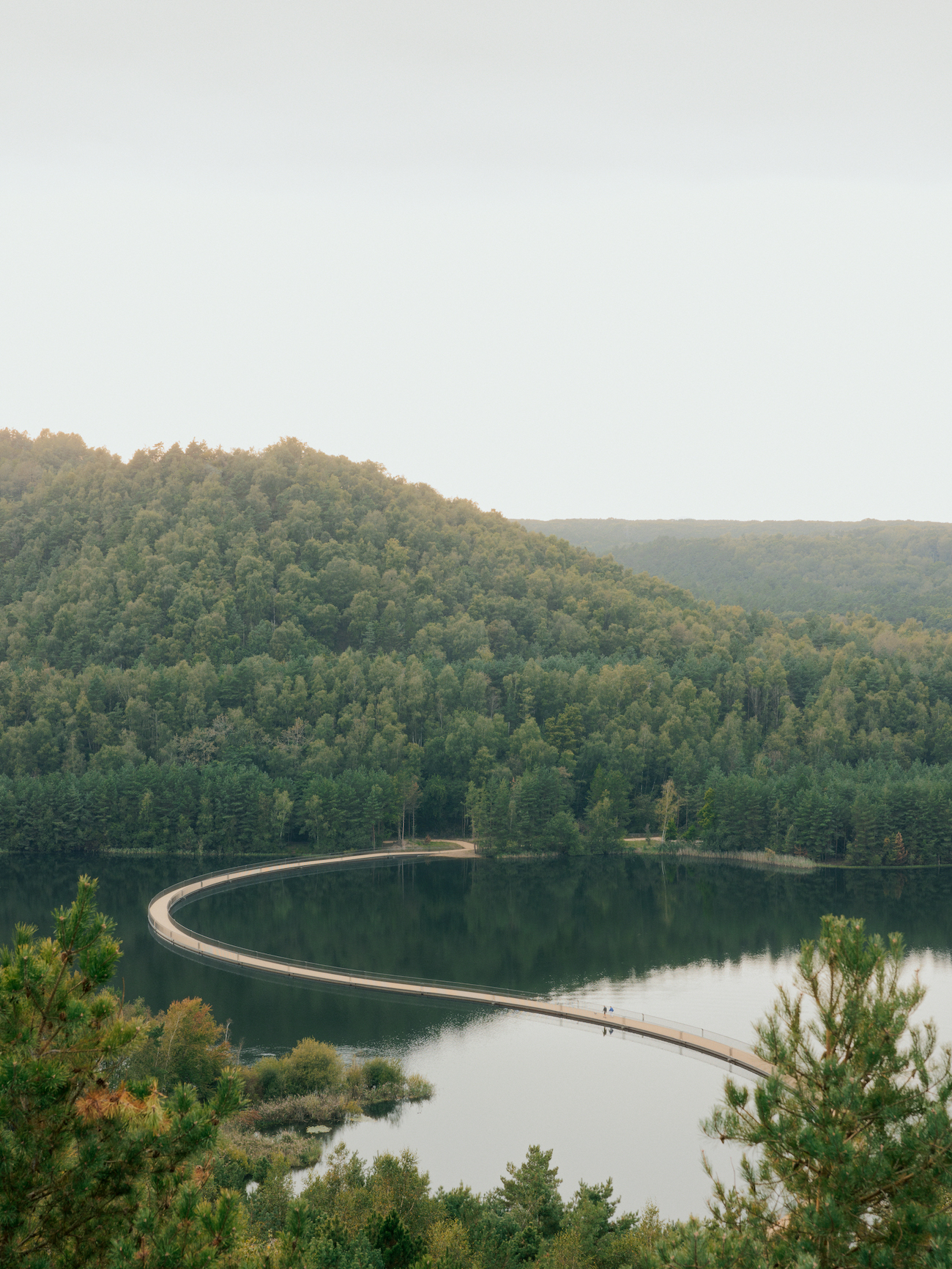

Photo: Pieter Rabijns.
Measuring an astounding 400 meters, the bridge also adapts to rising water levels thanks to 30 hinged elements.
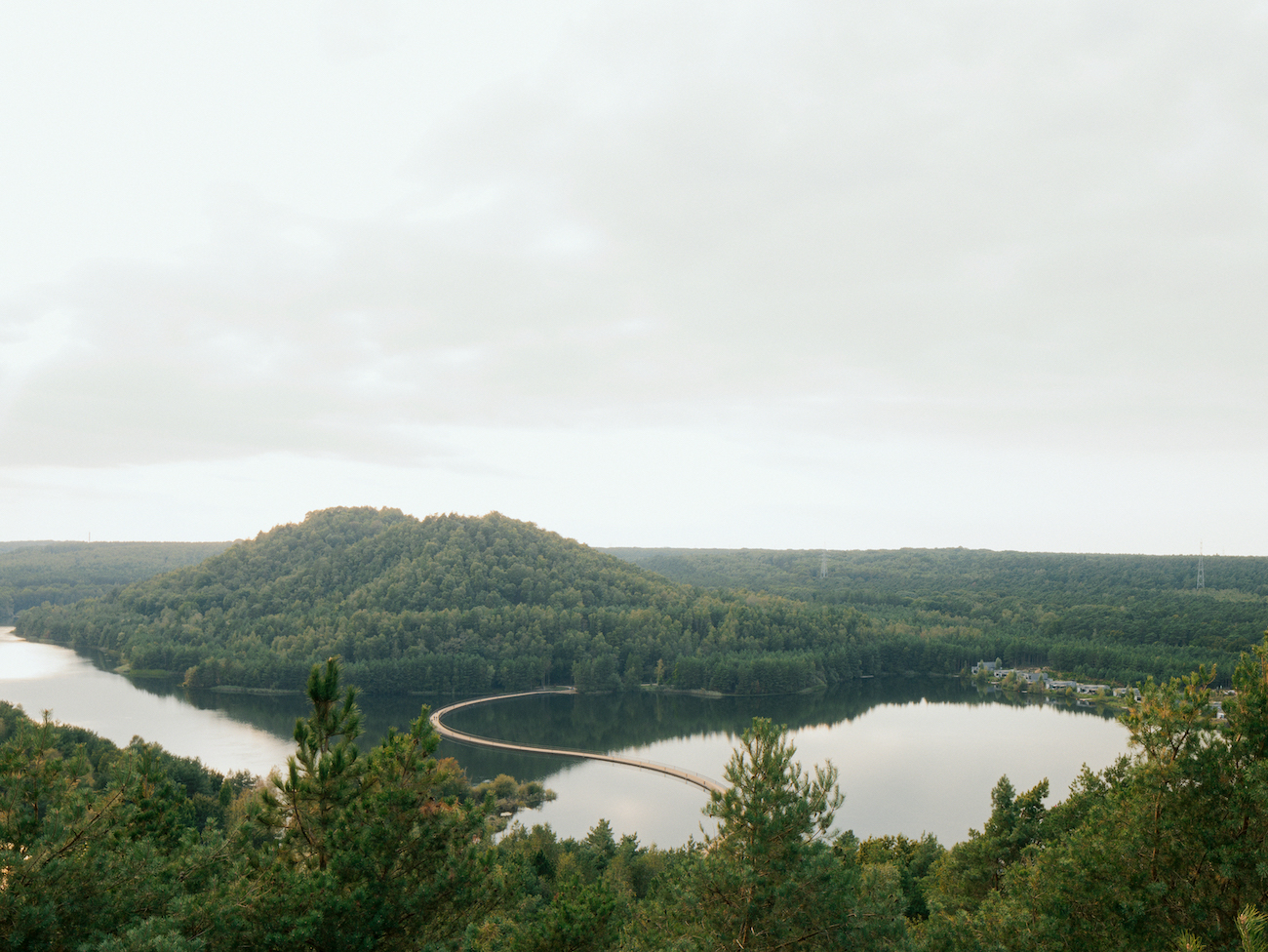

Photo: Pieter Rabijns.
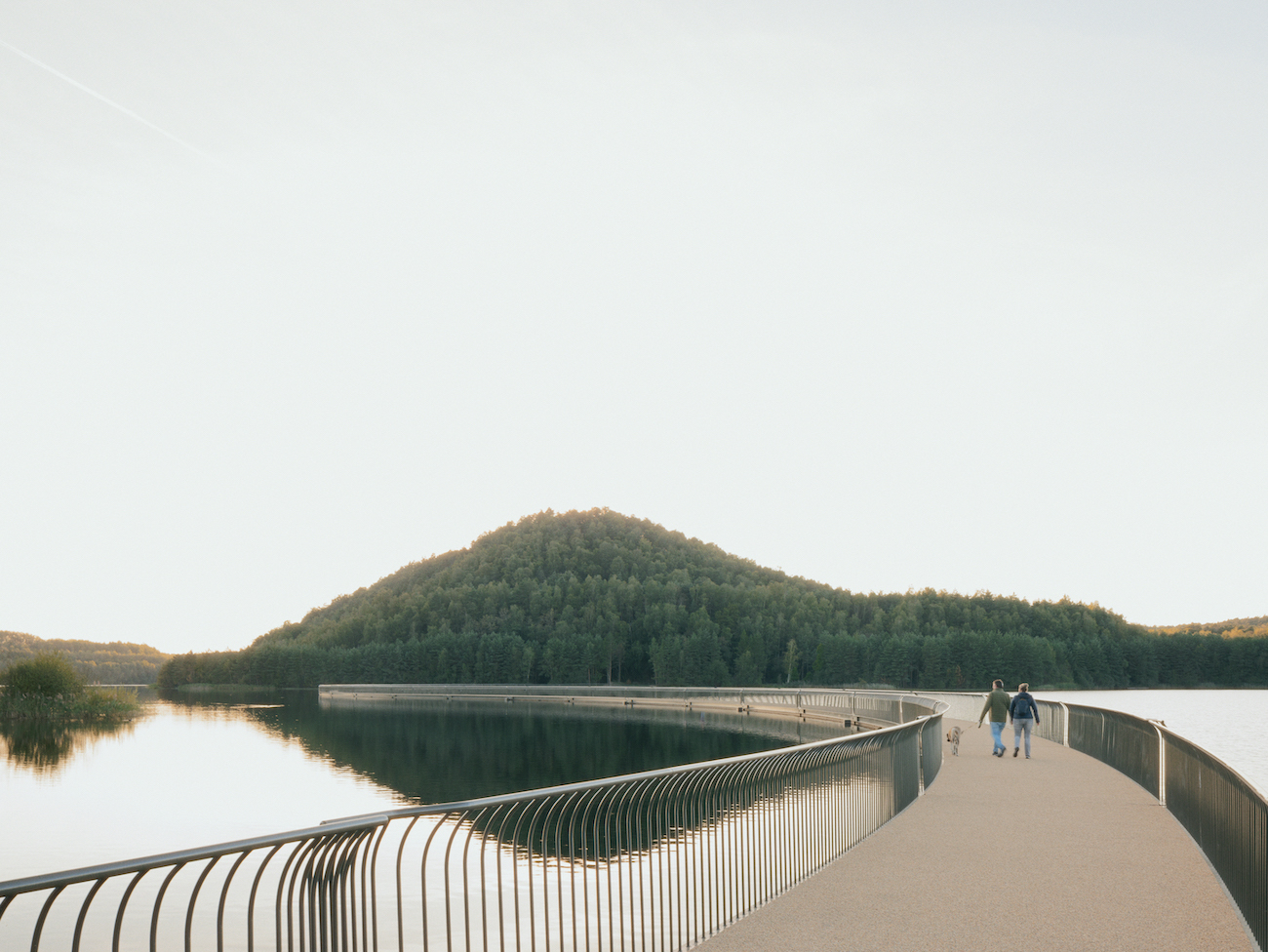

Photo: Pieter Rabijns.
“Cycling Between Terrils” is fantastically responsive to its unique landscape, and serves as a magnificent piece of local Belgian architecture.
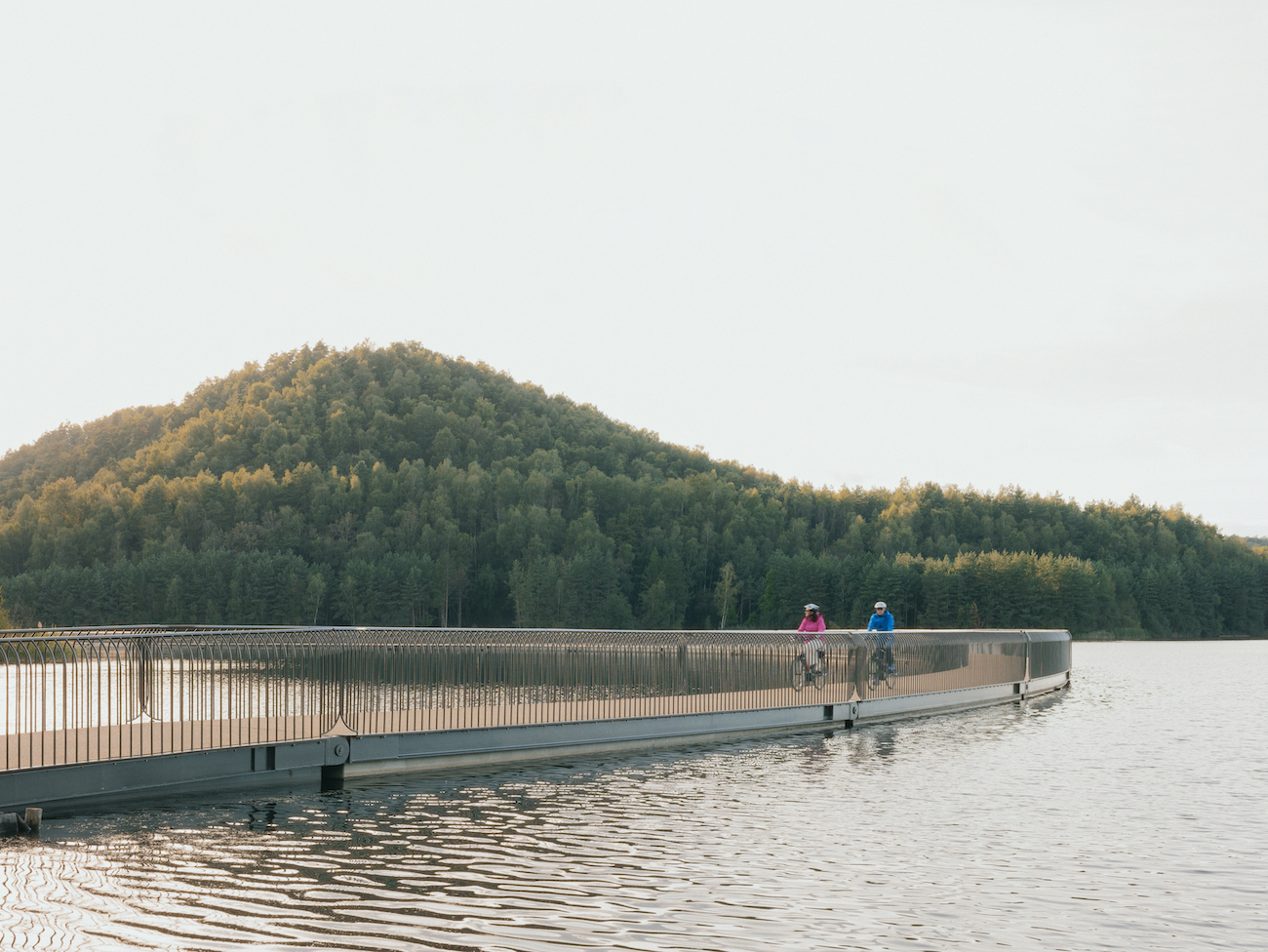

Photo: Pieter Rabijns.
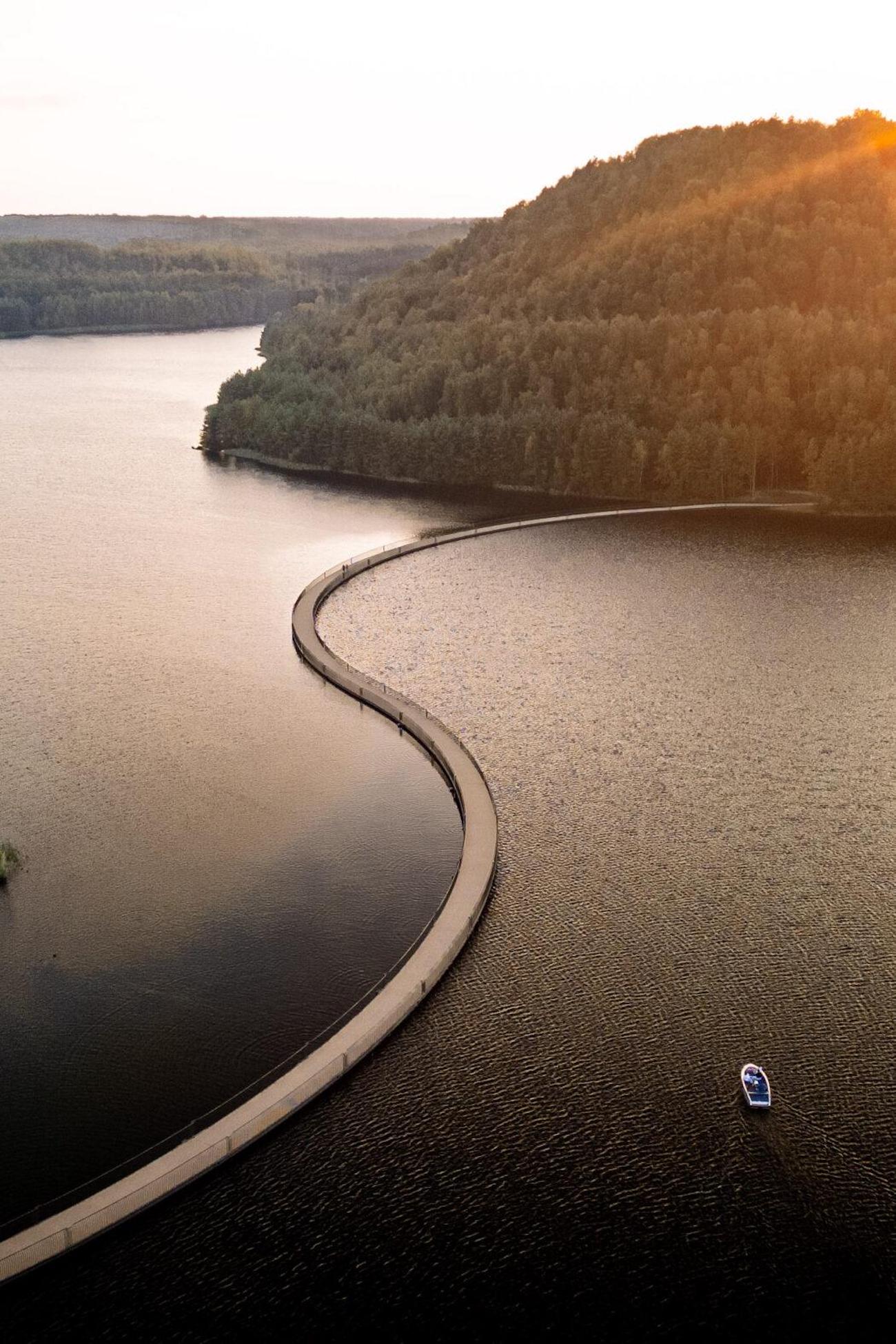

Photo: Terhills.
